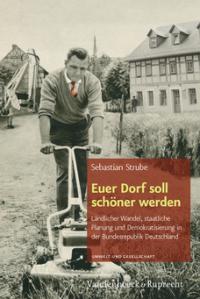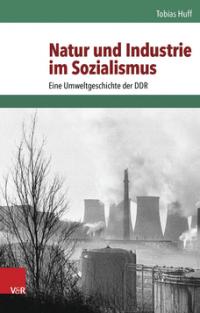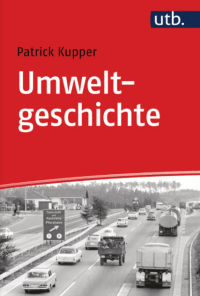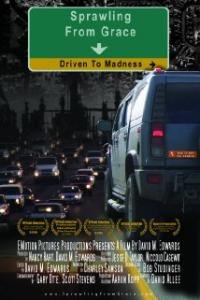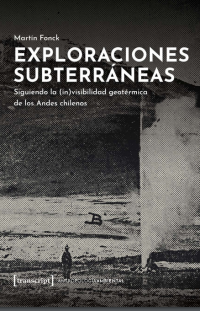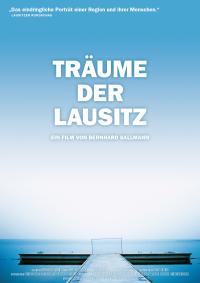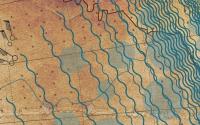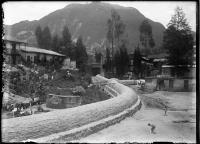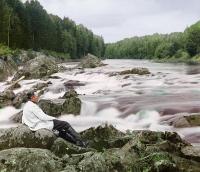Euer Dorf soll schöner werden: Ländlicher Wandel, staatliche Planung und Demokratisierung in der Bundesrepublik Deutschland
Euer Dorf soll schöner werden captures the transformation of Germany’s rural landscape through modernization between 1961 and 1979, through the inter-village contest, “Unser Dorf soll schöner werden” (“May our village become more beautiful”).


